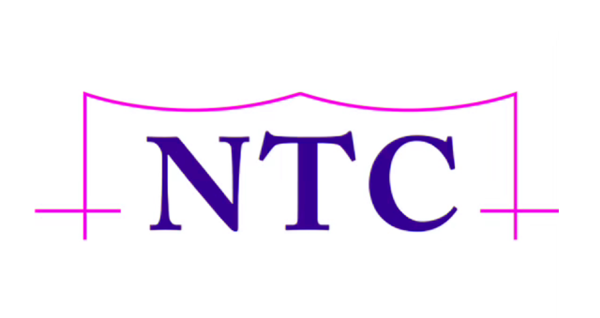
In fall 2021, over 2,000 students began their educational career at Tulane University, many of whom already knew their field of interest. Of the 452 students who knew they wanted to pursue a degree in liberal arts, approximately 73% identified as female.
The School of Liberal Arts at Tulane was established as a key component of the institution’s Renewal Plan after Hurricane Katrina in 2005. It is the largest among Tulane’s nine schools, comprising 16 departments and 19 interdisciplinary programs that are spread across nine buildings on campus. The School of Liberal Arts boasts the highest enrollment of students, faculty members, majors, minors, graduate programs and interestingly, some of the highest enrollment of female-identifying students.
While the Tulane student body is predominantly female, the male population on campus is less likely to study the liberal arts and tends to sway toward business degrees.
This trend of female-dominated liberal arts is not isolated to Tulane’s campus. In the 2020-2021 school year, postsecondary institutions conferred 400,000 degrees in the fields of liberal arts and sciences, general studies and humanities. Of these liberal arts degrees, 65% were awarded to female-identifying students. On the other hand, male-identifying graduates of the same year dominated the fields of law enforcement, computer and information sciences and engineering. At the same time, women constituted the smallest percentage of these fields.
A 2021 study on the gender gap in majors suggests that women tend to choose liberal arts majors due to various factors such as socialization, gender stereotypes and lack of exposure to STEM fields. Women may be socialized to believe that they are not as good at math and science as men, which can discourage them from pursuing STEM fields. Gender stereotypes may also lead women to believe that they are better suited for fields that are traditionally associated with women, such as education and social sciences. Additionally, the study found that a lack of exposure to STEM fields in high school or earlier may also contribute to women’s lower participation in these fields.
With the rapidly changing global economy and artifical intelligence boom, there is an increased demand for workforce-ready graduates in the fields of engineering, finance and computer science. A 2023 research.com report on the best college majors to pursue ranked computer engineering, actuarial science, computer science, management and electronics engineering among the top five majors for college students. Similarly, of the top nine fastest-growing jobs in the United States, not one was relevant to the field of liberal arts. This leaves liberal arts majors, and therefore many female-identifying graduates, wondering where they will fit into this technology-dominated world.
The University of Northern Colorado found the answer. The university’s College of Humanities and Social Sciences website states, “The broader knowledge and understanding of the world a liberal arts degree cultivates helps students engage in some of the most important issues of today: the environment, foreign policy, social justice, national and international security, ethics.” This is reflected in companies such as Google, Apple and Facebook, where two-thirds of jobs are in nontechnical positions and are filled by liberal arts graduates.
There will always be a demand for critical thinking and communication skills, the main tenets of a liberal arts education. As tech companies grow and produce user-friendly products, there will be a subsequent demand for trained professionals who can simplify and market these products to the general public.
Liberal arts degrees leave a unique space for female-identifying students, opening opportunities for them to bridge the gap between the male-dominated tech world and the public.
It is also important to encourage female participation in STEM fields and promote equality in a rapidly expanding, male-dominated tech industry. Colleges and universities need to reform their established approaches to STEM education to create a learning environment that is equitable, encouraging and effective for female students.
By doing so, these institutions will take an active role in closing the gender gap and thereby contribute greatly to our tech-dominated future.


